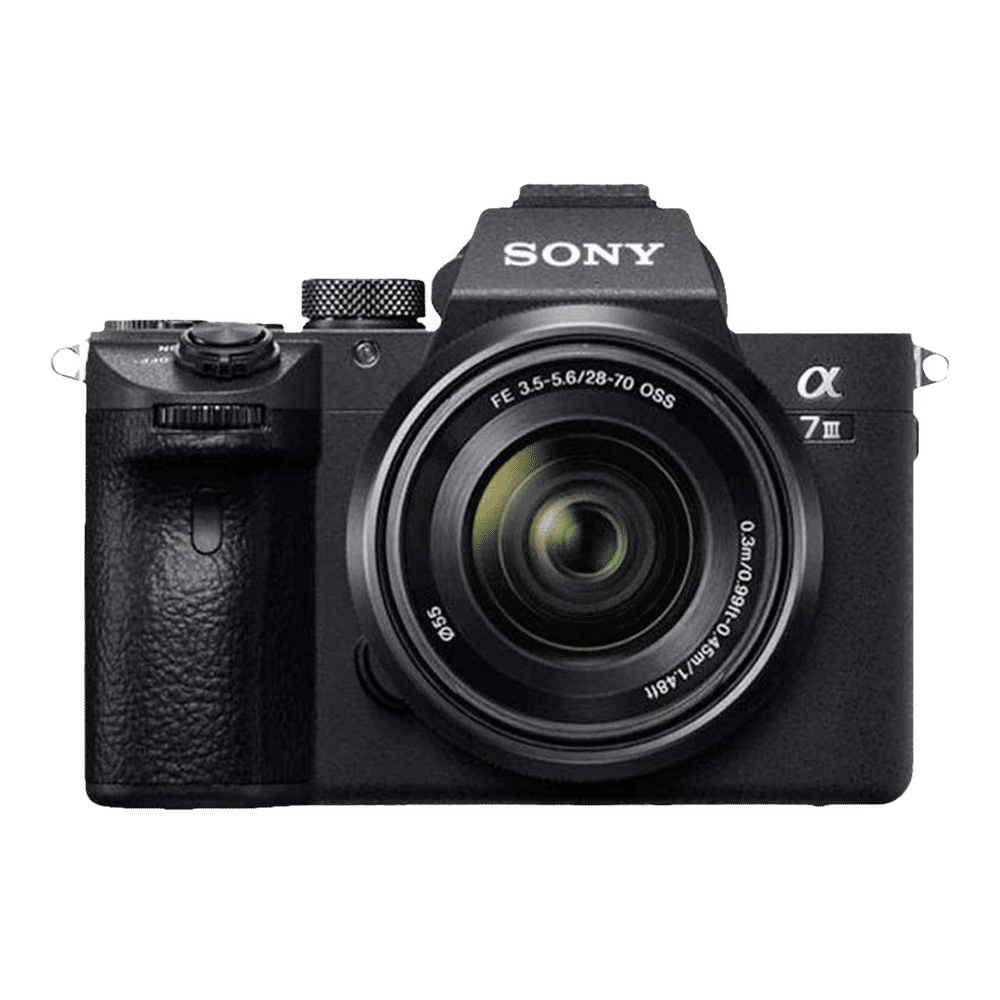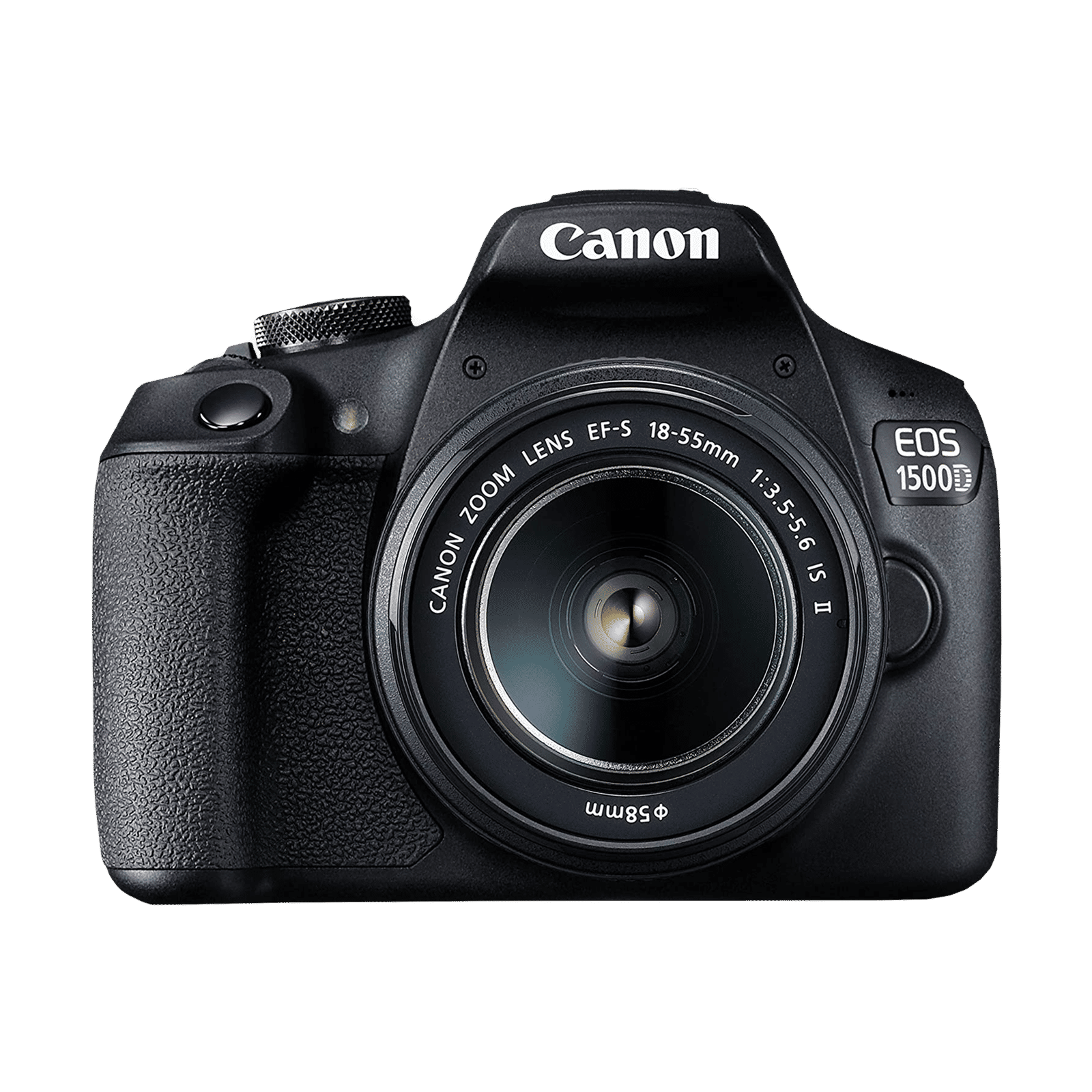ISO is one of the important pillars of photography along with aperture and shutter speed. We list the reasons why ISO is crucial to the camera below.
What is ISO?
ISO is a measure of the sensitivity of the image sensor, that’s it. The higher the ISO number, the brighter the image. ISO is quite useful in low-light scenarios. You can increase ISO to get the desired bright output.
What is an exposure triangle?
Exposure decides how bright or dark a photo will be. ISO is part of the Exposure Triangle along with Aperture and Shutter speed. ISO is a setting that brightens the photo or darkens it. The Shutter speed is the amount of time the camera shutter is open, exposing light onto the camera sensor.
ALSO READ: What is a DSLR camera and is it for you?
Aperture means the opening in a lens through which light passes to enter the camera. Professionals use all these three settings to capture their ideal shot. For example, if a wildlife photographer wants to capture a moving target like birds, he/she can use the exposure triangle to their benefit.
How does ISO work?
You can adjust ISO settings to get high-quality images. For a dark or dim-lit scenario, we need to set the ISO higher. For well-lit settings, lower ISO gives ideal results.
What are ISO values?
There are different ranges of ISO values on different cameras. But the most common values are ISO 100 (low) to ISO 6400 (high). The most popular ISO values are ISO 100, ISO 200, ISO 400, ISO 1600, ISO 3200, and ISO 6400. An image with ISO 400 is two-fold brighter than one with ISO 200.
How to change ISO settings?
In older DSLRs and mirrorless cameras, you could find the ISO settings in a quick menu. Modern-day cameras have a separate button for ISO. Some cameras have a wheel with marked ISO settings, which users can spin accordingly. Some digital cameras have Auto ISOs. We can turn on that feature and allow the camera to automatically increase ISO when the shutter speed is low for a good picture.
Working with lower ISO in different fields
Low ISO is ideal in bright settings. Most pros work with lower ISO in outdoor shoots. Another advantage of low ISO is the lack of noise in your photos. For example, wedding photographers can use low ISO to get good crisp images in the morning. For landscape photography, a lower ISO is beneficial.
Using higher ISO in different fields.
A higher ISO is ideal for a darker environment. Nighttime photography like astrophotography is done in dark settings. A higher ISO helps us take better captures at night.
ALSO READ: Why is the right light setup important for photography?
Professional wildlife photographers who want to shoot the nightlife of wild animals opt for a combination of fast shutter speed and high ISO. A higher ISO also means more noise in the picture. There is a loss in photo quality and we can also lose sharpness. Cameras with larger megapixels result in less noise. That’s why DSLRs perform better with higher ISOs than compact cameras.
Hope you got to know what ISO is all about and its importance in photography. Having a better understanding of ISO helps professionals to make informed decisions during crucial moments.
Unleash your inner geek with Croma Unboxed
Subscribe now to stay ahead with the latest articles and updates
You are almost there
Enter your details to subscribe

Happiness unboxed!
Thank you for subscribing to our blog.
Disclaimer: This post as well as the layout and design on this website are protected under Indian intellectual property laws, including the Copyright Act, 1957 and the Trade Marks Act, 1999 and is the property of Infiniti Retail Limited (Croma). Using, copying (in full or in part), adapting or altering this post or any other material from Croma’s website is expressly prohibited without prior written permission from Croma. For permission to use the content on the Croma’s website, please connect on contactunboxed@croma.com
- Related articles
- Popular articles















Arya Babu
Comments